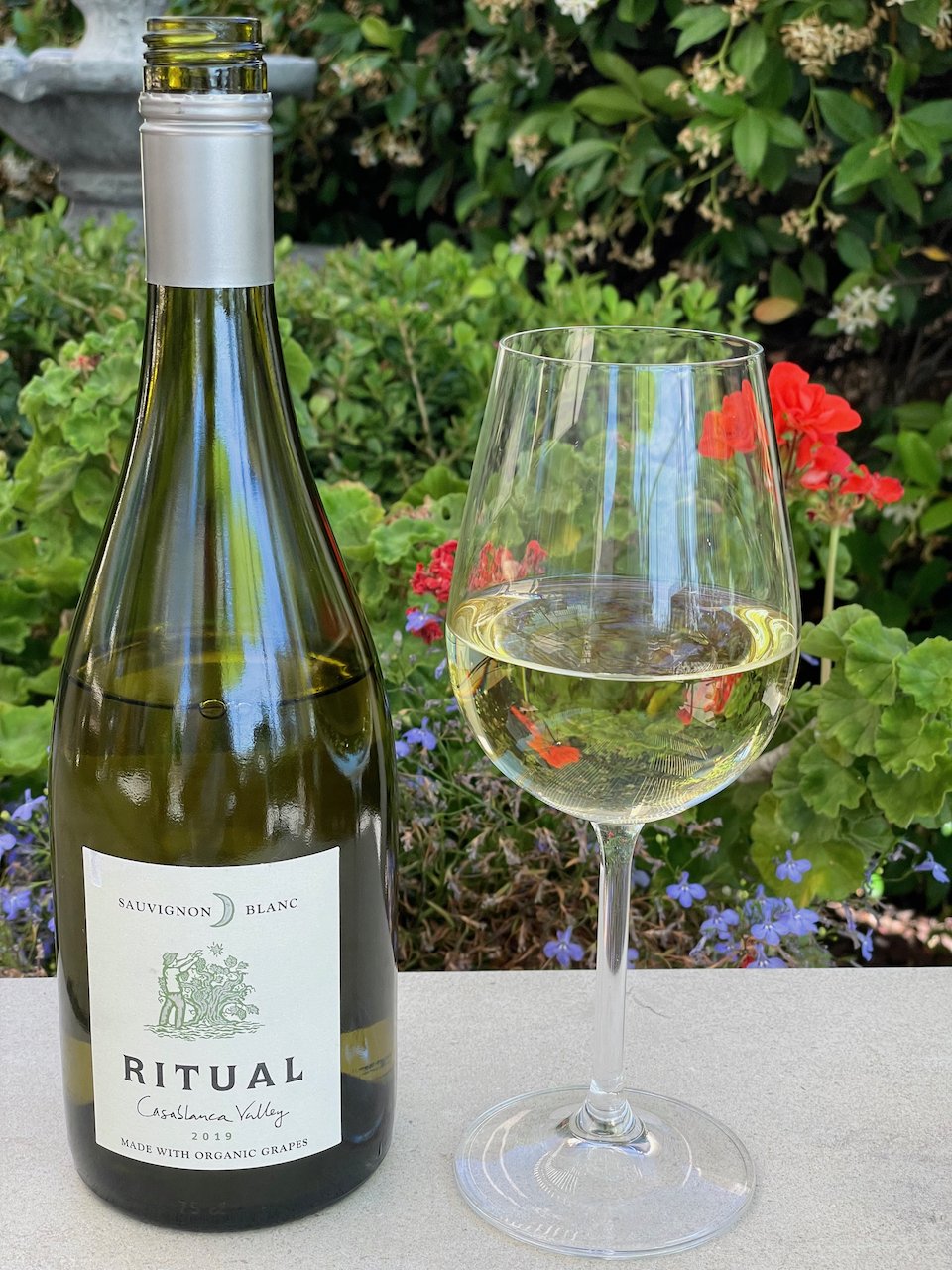2018 TerraNoble Gran Reserva Carménère, ($18)
The TerraNoble winery was founded in 1993, and has produced high quality wines that have been recognized and awarded. The winery is located in the Maule Valley of Chile and the vineyards are in the Maule, Colchagua and Casablanca valleys. Their philosophy is to produce elegant, noble and pleasant drinking wines, with fruit-bearing flavors and aromas that maintain the characteristics of each variety.
This Gran Reserva Carménère, (kar-men-nair) is produced from 100% Carménère grapes that were placed in stainless steel tanks for a cold maceration of 4 to 5 days. Fermentation took place for between 8 and 12 days. After that, the wine had a post-fermentation maceration of one to two weeks, depending on each lot
and on daily tastings. Once the vatting process was finished, it was racked directly into French oak barrels and foudre where it underwent malolactic fermentation. It was then aged for up to 12 months with 70% of the wine being aged in previously used (2 or 3 times) French oak barrels and 30% in un-toasted foudre for 12 months. It was then bottle aged for at least six months before being released.
This wine is deep ruby in color with medium aromas of plum and black berry with peppery notes. On the palate this full-bodied wine has good flavors of black cherry and black plum with peppercorn. It is medium in tannin and medium in acidity and exhibits just a hint of oak.
This TerraNoble Gran Reserva Carménère is a really nice wine at a terrific price. Keep an eye out for this one as well as their Cabernet Sauvignon that was featured earlier this year. Cheers!
Disclosure of Wine Sample Submission: I received this sample at no cost for review. The opinions expressed are entirely my own.
Sample Provided by TerraNoble Winery (via Creative Palate)






